Harvard astronomer Avi Loeb has been studying and attempting to track down objects of interstellar origin for years now.
The scientist catapulted to fame in 2021, and captured the international spotlight, due to his theories regarding an unusual interstellar object known as Oumuamua.
Oumuamua was a deep-space object with no cometary tail and is believed to be a flat, metallic object.
Because the object was cruising through space at seemingly high speeds—too high for a natural object without a source of propulsion, it was theorized to be a potential extraterrestrial artifact.
However, the night sky and space aren’t the only places Avi Loeb and his team are searching for extraterrestrial artifacts or interstellar objects—Loeb and the other scientists are scouring the oceans as well.
The scientist recently announced that his team has been studying fragments of what is believed to be an interstellar meteor that crashed into the ocean.
Loeb’s team has been using magnetic instruments to capture tiny pieces of this space material, and, according to updates posted on his Medium account, the team has now collected several of these samples.
Here are pictures of the accumulated spheroids courtesy of Avi Loeb and his team:
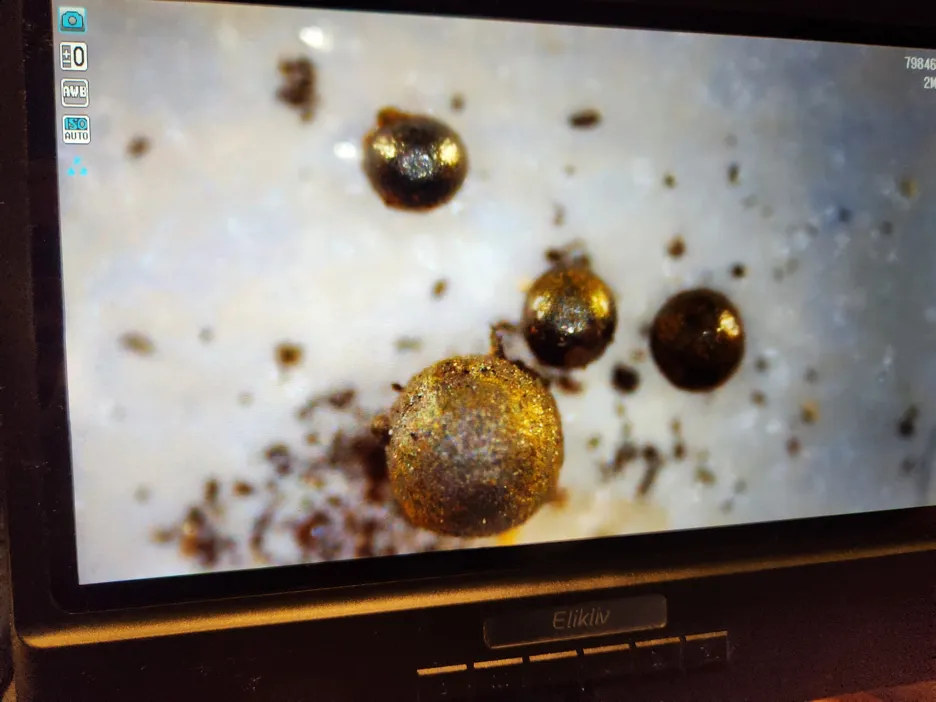
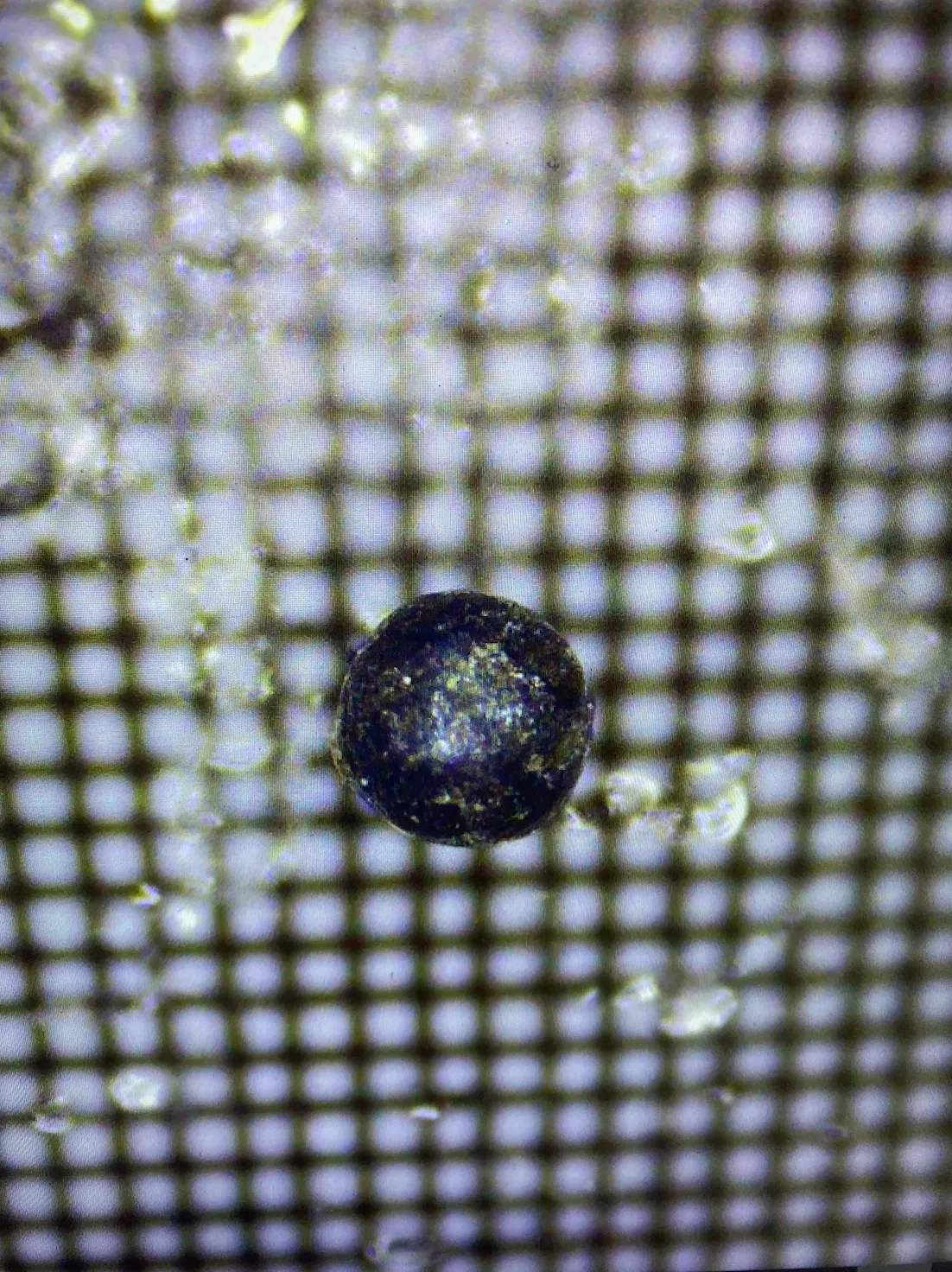
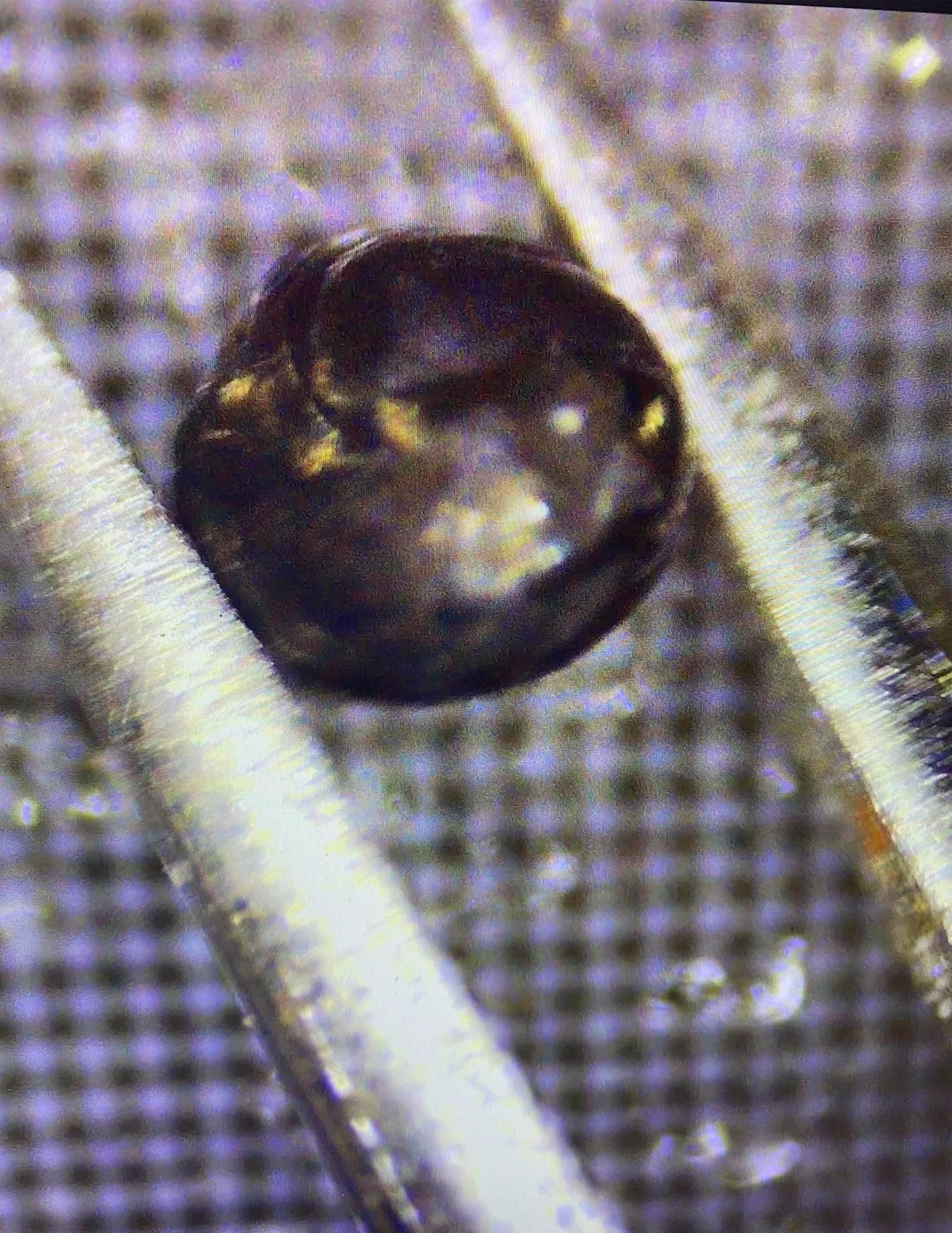
Loeb writes via Medium:
Jeff Wynn ran down the stairs to tell me: “Ryan Weed found a spherule under the microscope.”
I ran up the stairs and saw the image of a spherule, 0.3 millimeter in size, looking like a metallic pearl on the background of volcanic ash.
It felt like finding an ant in the kitchen. When you find one, you know that there must be many more.
Indeed, I could find many more metallic spheres in the same microscope image.
I congratulated the team for the discovery and urged Ryan to immediately place the spherule in the X-ray Fluorescence analyzer to get its composition.
We found a composition of mostly iron with some magnesium and titanium but no nickel.
ADVERTISEMENTThis composition is anomalous compared to human-made alloys, known asteroids and familiar astrophysical sources.
Loeb also shared a chart showing the path of the magnetic sled and detailing the locations of where the spheroids were collected.
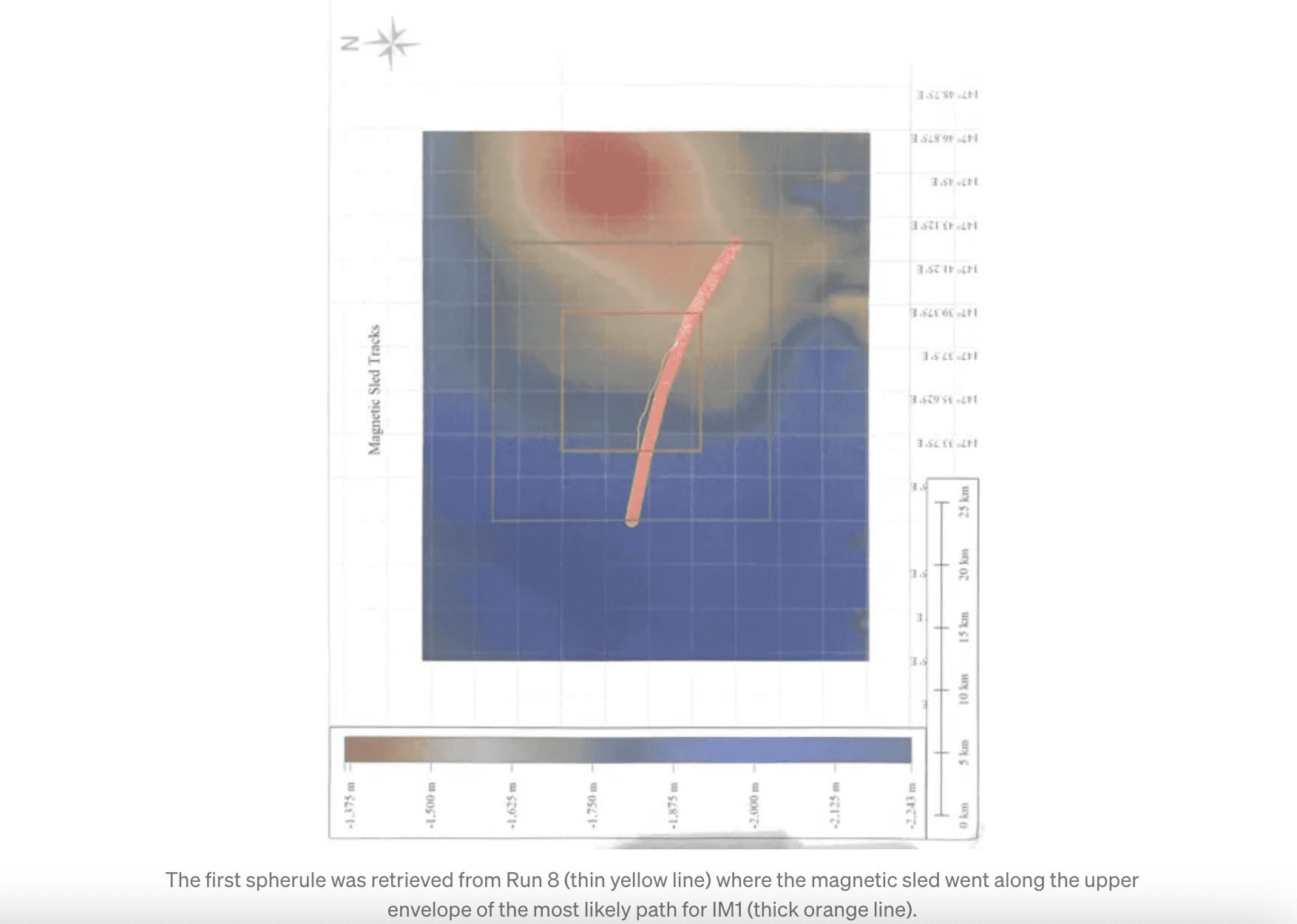
The Times of Israel took note of the recent discovery:
The ship sailed earlier this month for the location in the Pacific Ocean where IM1, a mysterious, half-meter-sized meteor, plunged through the atmosphere as a fireball and then hit the water off Papua New Guinea.
Researchers are using a deep-sea magnetic sled to comb the ocean floor for remains of the object, which Loeb has theorized could be an alien technology.

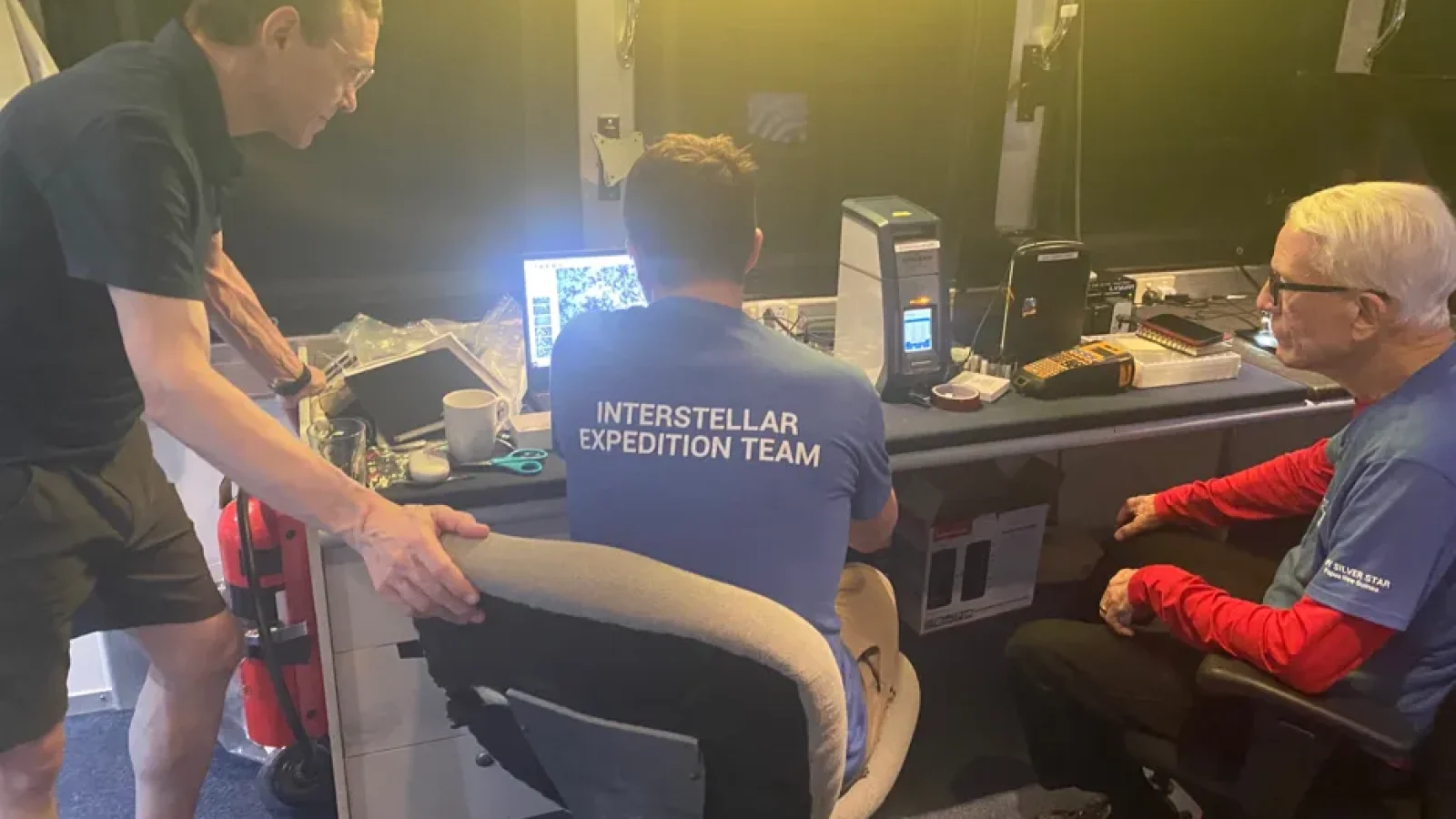

Join the conversation!
Please share your thoughts about this article below. We value your opinions, and would love to see you add to the discussion!